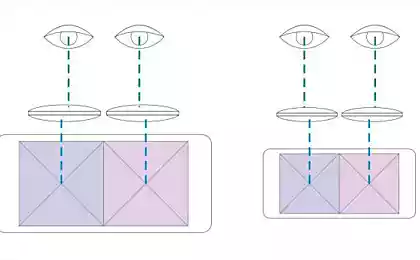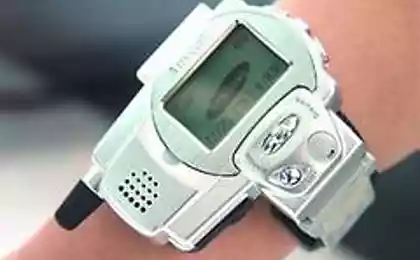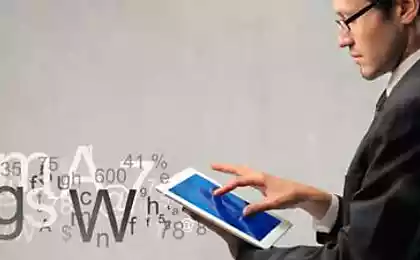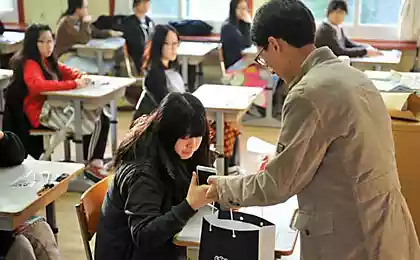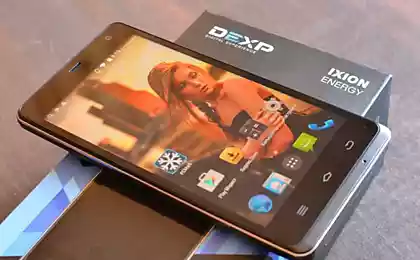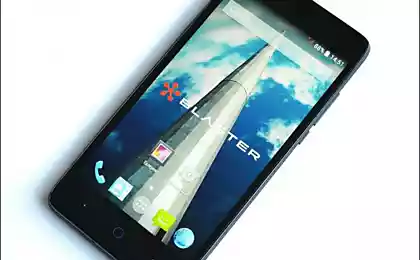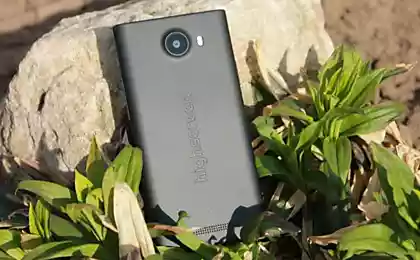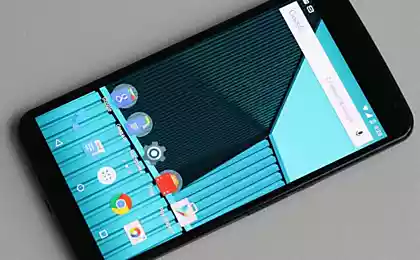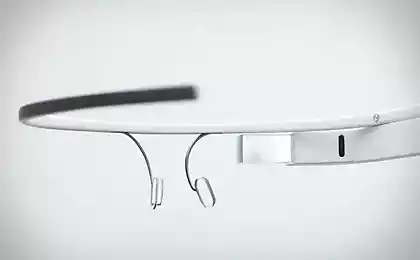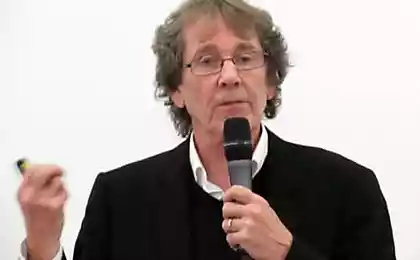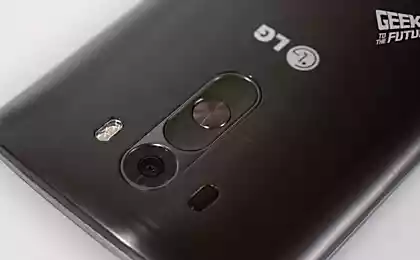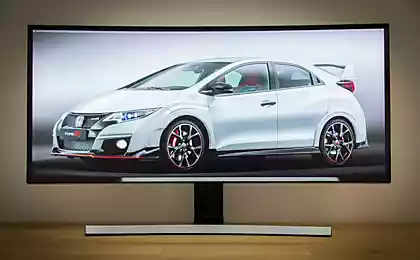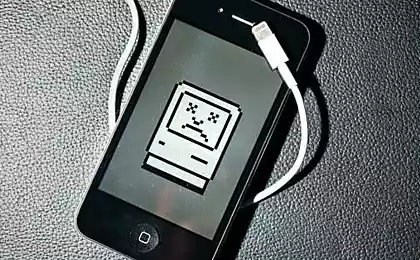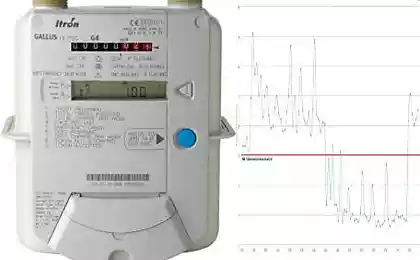480
Smartphones of the future will be able to draw power from the touch screen
In the human hand a huge amount of energy. She can do many useful and very useful things. Soon will have one more opportunity to harness the energy of touch.
American researchers have developed a miniature generator based on friction, which will allow you to charge your mobile device by simply printing or carrying out the navigation by moving the finger on the phone screen.The generator is created by expert nano technology Zhong Lin Wang (Zhong Lin Wang) and his team at the Georgia Institute of Technology (Georgia Institute of Technology). It produces electricity when two layers of specially developed polymer are in contact or are exposed to friction.
Actions such as print screen, which is produced using new technology, the friction of it or just the movement of the phone in the pocket of the user, can generate energy, making external power supply unnecessary.
The technology is based on the principle of the so-called triboelectricity or electrification by friction, which produces a charge similar to static electricity when two materials RUB against each other.
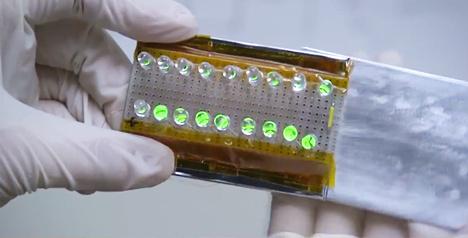
TANG generator produces energy from progressive movements
Adding microscopic samples of the material, which increase the coefficient of friction, the researchers have developed a triboelectric nanogenerator, or TENG, which is capable of producing a power output density of 300 watts per square metre – enough to illuminate 1000 LED generator having the size of the sole of the Shoe of medium size.
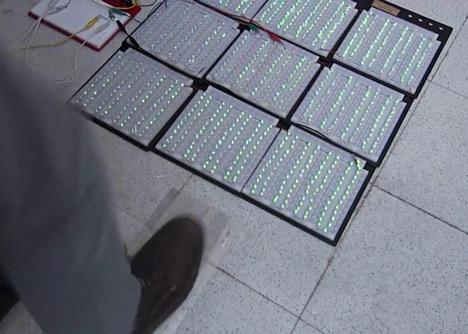
Stepping on a small sheet, TANG can produce energy for 1000 led lamps.
"The number of generated charge depend on the properties of the surface," says van. "Coating the surface of a polymeric film structure of nanomaterials increases the contact area between the sheets a thousand times and leads to a significant increase in productivity."
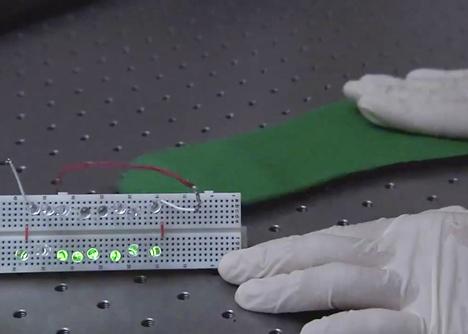
The interaction between the two surfaces produces energy
Technology TANG can be applied to other materials, from paper to metal, plastics and fabrics, whistles, floor mats, backpacks and ocean buoys, to use electricity created by the movement. And as an experiment, was even embedded in the sole of a Shoe.
Last week, the team presented their project at the meeting of the American chemical society in Dallas (American Chemical Society in Dallas) and is currently working on a commercial application for the implementation of charging technology in mobile devices.
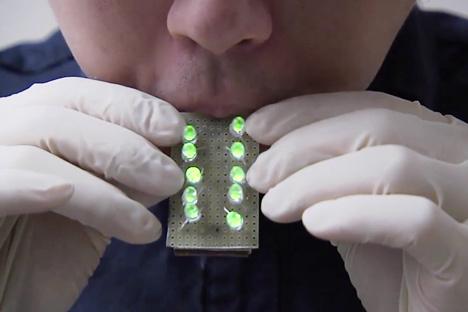
For the production of electricity with the help of the TANG can be used wind energy.
Wang believes that technology can make a significant contribution to world energy production with the help of tiny generators within the next five years, it will help you to obtain and use energy from ocean waves, rain drops or wind. published
P. S. And remember, just changing your mind — together we change the world! ©
Source: www.facepla.net/the-news/electronics-news-mnu/4418-smartfony-zaryazhatsya-ot-kasaniya.html
American researchers have developed a miniature generator based on friction, which will allow you to charge your mobile device by simply printing or carrying out the navigation by moving the finger on the phone screen.The generator is created by expert nano technology Zhong Lin Wang (Zhong Lin Wang) and his team at the Georgia Institute of Technology (Georgia Institute of Technology). It produces electricity when two layers of specially developed polymer are in contact or are exposed to friction.
Actions such as print screen, which is produced using new technology, the friction of it or just the movement of the phone in the pocket of the user, can generate energy, making external power supply unnecessary.
The technology is based on the principle of the so-called triboelectricity or electrification by friction, which produces a charge similar to static electricity when two materials RUB against each other.

TANG generator produces energy from progressive movements
Adding microscopic samples of the material, which increase the coefficient of friction, the researchers have developed a triboelectric nanogenerator, or TENG, which is capable of producing a power output density of 300 watts per square metre – enough to illuminate 1000 LED generator having the size of the sole of the Shoe of medium size.

Stepping on a small sheet, TANG can produce energy for 1000 led lamps.
"The number of generated charge depend on the properties of the surface," says van. "Coating the surface of a polymeric film structure of nanomaterials increases the contact area between the sheets a thousand times and leads to a significant increase in productivity."

The interaction between the two surfaces produces energy
Technology TANG can be applied to other materials, from paper to metal, plastics and fabrics, whistles, floor mats, backpacks and ocean buoys, to use electricity created by the movement. And as an experiment, was even embedded in the sole of a Shoe.
Last week, the team presented their project at the meeting of the American chemical society in Dallas (American Chemical Society in Dallas) and is currently working on a commercial application for the implementation of charging technology in mobile devices.

For the production of electricity with the help of the TANG can be used wind energy.
Wang believes that technology can make a significant contribution to world energy production with the help of tiny generators within the next five years, it will help you to obtain and use energy from ocean waves, rain drops or wind. published
P. S. And remember, just changing your mind — together we change the world! ©
Source: www.facepla.net/the-news/electronics-news-mnu/4418-smartfony-zaryazhatsya-ot-kasaniya.html
Scientists have modeled a new material, able to withstand the temperature of the center of the Earth
Tibetan recipes for insomnia

